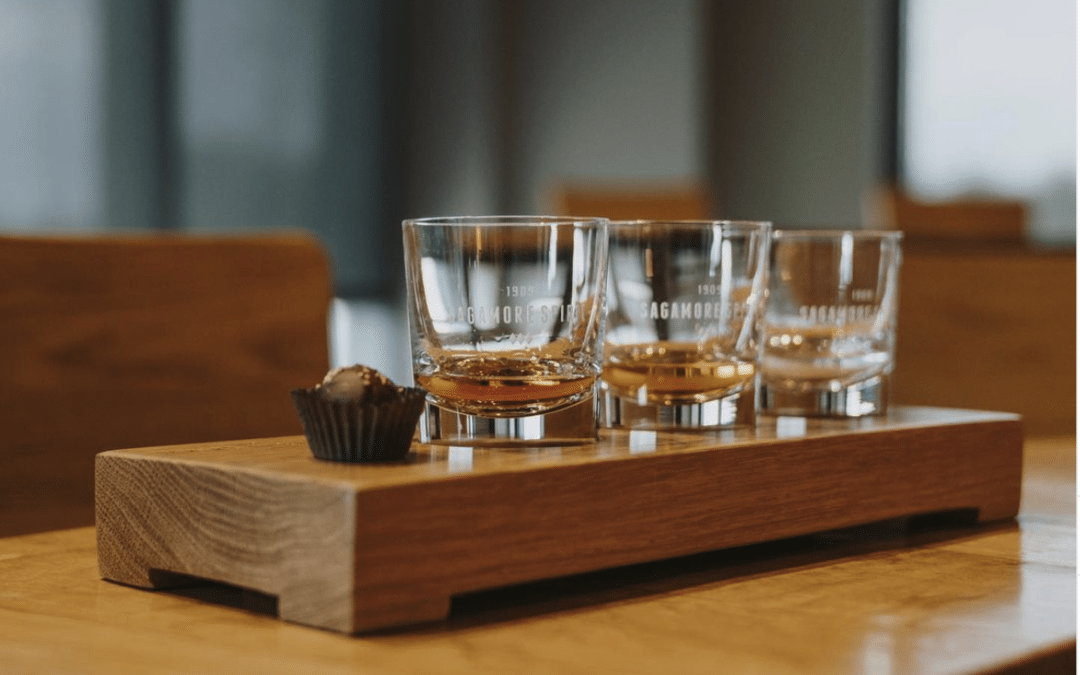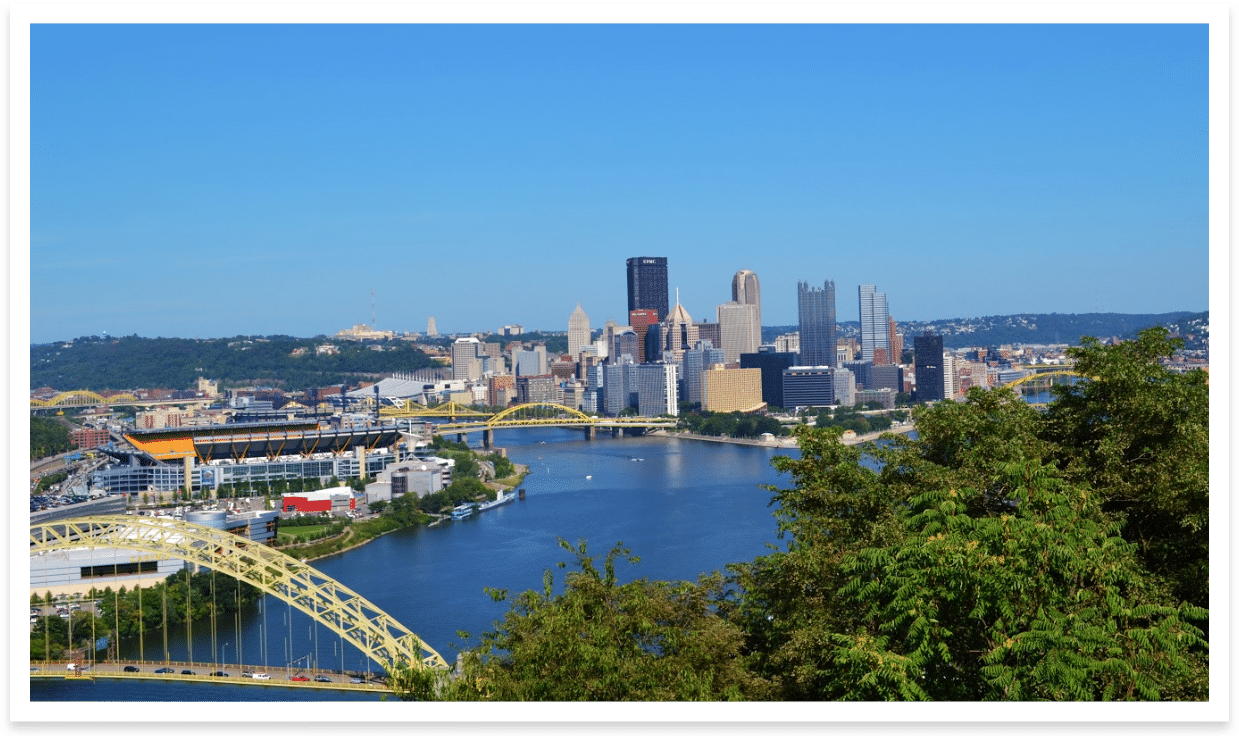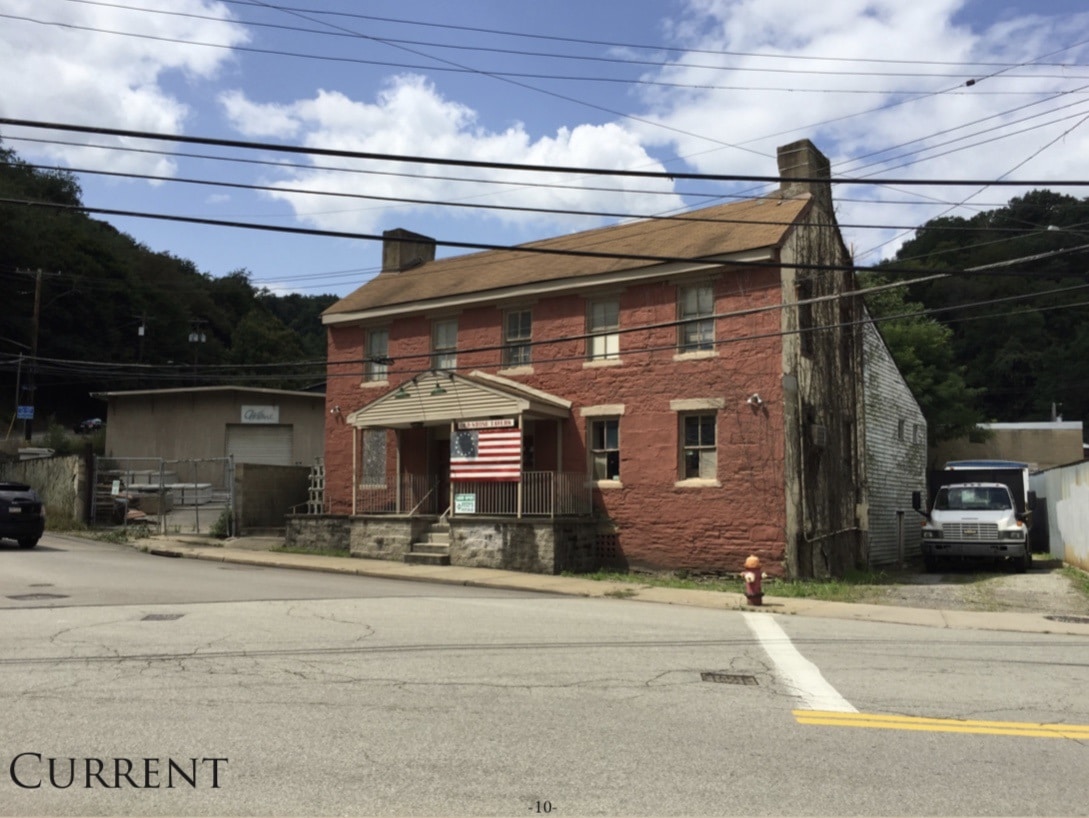Happy International Whiskey Day!
There’s no denying whiskey is a popular drink, and there are even holidays dedicated to celebrating it. March 27th is International Whiskey Day!
This day was founded in honor of prolific whiskey connoisseur, Michael Jackson, not to be confused with the 80s pop-star.
History of International Whiskey Day
International Whiskey Day became a public holiday on March 27, 2008. Fellow whiskey authors Helen Arthur, Martine Nouet, Dave Broom and Charles MacLean were instrumental in the introduction of this celebration in efforts to commemorate their dear friend, Michael Jackson. Jackson passed away after a long-term battle with Parkinson’s Disease, so the focus of the worldwide celebrated holiday tends to be supporting charities that give to those suffering from the disease and their affected families. As well as enjoying whiskey, the day offers celebrants to do something that benefits a related charitable organization of their choice.
If you are looking for further ways to fully enjoy the sentiment of this holiday and remembrance of Michael Jackson, why not take up whiskey mastery in his honor?
5 Tips to Becoming a Whiskey Connoisseur like Michael Jackson
Whiskey tasting is as exciting as it can be daunting. History, terminology, and etiquette are all intricate elements of the craft, and the most credible whiskey experts must learn to master them all, but don’t let that scare you. You don’t have to be a Whiskey master to enjoy the Whiskey Rebellion Trail. Whether you are a crafty cocktail connoisseur, complete whiskey history geek, or just looking to enjoy a few drinks with your friends, you’ll soon be setting out to learn something new and expand your knowledge of a great spirit while deepening your own palate. You’ll be putting back personal growth with every swig.
For those who do find they have a passion for their pours, here are some tips to becoming a whiskey connoisseur, expert, or even an enthusiast.
1. Know your Whiskey History
Whiskey was originally used for medicinal purposes as both an internal anesthetic and external antibiotic. Distilling techniques didn’t originate until the beginning of the 12th century and were brought to apothecaries and monasteries in Ireland and Scotland. As immigrants traveled to the new world, they brought their spirits with them, and whiskey made its debut in North America and around the world.
Today, the primary whiskey regions include Ireland, Scotland, Canada, the United States, and Japan.
Of course, this just brushes the surface of a deep and rich history that has carried whiskey as a favorited spirit all the way into the 21st century. Brush up on other pieces of its past such as the impact of the prohibition era, how the industrial revolution changed American whiskey, women and their impact on whiskey, and so much more.
2. Understand How Whiskey is Made
There are a few simple ingredients that comprise Whiskey.
- Grain Mash: A fermentable whiskey base is usually comprised of grain such as malted barley, rye, corn, or wheat. These often dictate the flavor and final classification of the product.
- Water: After distillation, water is added to achieve the aspired alcohol percentage by volume.
- Optional Additives or Flavors: According to U.S. Regulation, whiskey can have up to 2.5 added flavors (without additives it is considered “straight”). Botanicals, spices, flavorings, or color are often added to achieve a distinctive character or appearance in color. For example, try Revivalist Spirit’s “Young American” whiskey with notes of honey, peach, and peppery vanilla or explore their other unique flavors.
- Time: Last but certainly not least, the aging process is perhaps the most essential and demanding ingredient required to achieve a quality spirit. Whiskey distillers are some of the most patient producers. In the United States, at least 2 years of aging is required per wooden barrel or cask of whiskey to reach its proper age, but many distillers age their whiskey for 10 – 12 years.
To learn more about how Whiskey is made and even give it a go yourself, check out these distilling classes offered at McClintock Distillery.
3. Keep a Tasting Journal
A crucial component along the path to becoming a whiskey connoisseur is to keep a document of what you are drinking. Writing down the tastes, smells, looks, and the finishings of anything you try will help to solidify your palate and sense memory.
Keeping this mental and written documentation of different spirits, cocktails, and their tastes, will help you, as a soon to be whiskey connoisseur, to share your expertise with others. Soon you’ll be able to craft cocktails of your own to entertain a party and get creative with your mixes. Pairing food with particular beverages is also an art worthy to pursue. Smoked salmon, grilled steak, dried fruits and nuts, cheeses, or even cupcakes, such as this pairing with Cupcakes: The Galleria on Instagram and a whiskey sour made with One Eight Distilling’s Bourbon Whiskey are combinations to be explored.
4. Get a Proper Whiskey Glass
It may seem finicky, but the glass itself can greatly impact your drinking experience. For the best whiskey tasting experience, use a glass that is small and bulbous with a stem. The rounded bottom with a slightly more narrow opening at the top creates the ideal conditions for whirling your beverage and the stem allows you to hold the glass without your hand or body temperature impacting the temperature of the beverage.




